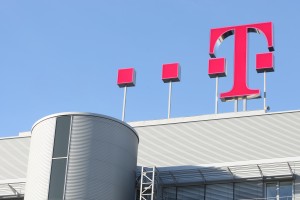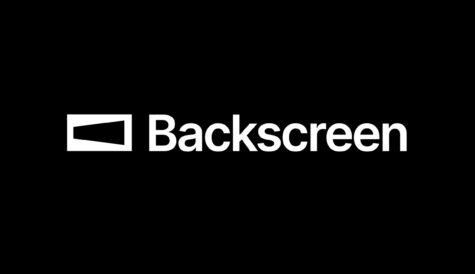Deutsche Telekom touts standard STBs and cloud TV for CEE markets
 Deutsche Telekom is planning to provide a standardised ‘multi-tenancy’ digital TV platform, deploy two standard set-top models across its CEE footprint and provide a cloud-based user interface to serve legacy set-tops, as part of wider plans to leverage its multinational scale in the region.
Deutsche Telekom is planning to provide a standardised ‘multi-tenancy’ digital TV platform, deploy two standard set-top models across its CEE footprint and provide a cloud-based user interface to serve legacy set-tops, as part of wider plans to leverage its multinational scale in the region.
Speaking on a panel session at Digital TV CEE in Budapest yesterday, Thomas Staneker, head of TV, technical service centre, Magyar Telekom said that Deutsche Telekom planned to deliver TV via a pan-European network, which would encompass linear and OTT services, including potentially third-party services. A ‘multi-tenancy’ model will enable different services to share a common platform, allowing for extensive localisation of the service.
“OTT brings the challenges of multi-tenancy so that we can decide what kind of content, service and app are better produced centrally and which should be left to local operations,” he said.
Staneker said that Telekom had to create as many synergies as possible between its different infrastructures. “We have operations from The Hague to Athens. OTT gives us a great chance to cover the whole footprint including outside of our territories,” he said.
Staneker told Digital TV Europe that a single back-end platform based on this multi-tenancy model would allow multiple services to be delivered with local variations from the same common network.
Staneker also told DTVE that Telekom plans to standardise its set-tops across the region, focusing on a zapper box and a ‘DVR-ready’ model that may not include an integrated hard disk drive. The latter device could include a slot in which a hard drive could be inserted, which would be formatted by Telekom.
To provide some advanced TV services to legacy boxes, Telekom will deliver an easily upgradeable cloud-based UI and has tapped South Korea’s SK Telecom-backed Entrix to provide this. The company has also tapped Swedish middleware specialist Zenterio to provide a standardised OS for these devices to handle basic functionality.
In Croatia, Telekom-owned T-Hrvatski Telekom already offers a network DVR service, which enables it to provide an advanced TV service without the expense of deploying a costly hard-drive-enabled box, but this lacks certain important functionality such as pause live TV capability.



